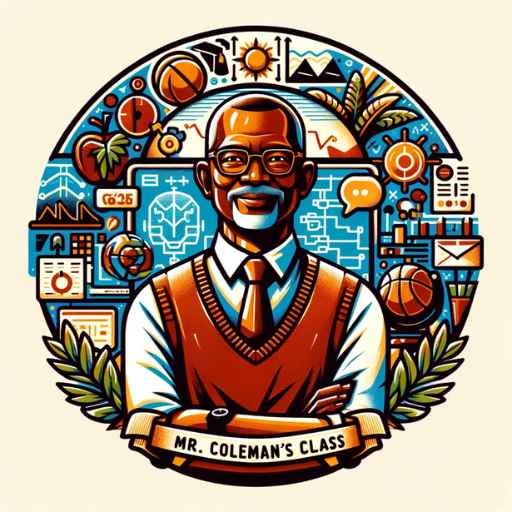Though confidence about the value of pursuing a two- or four-year college degree is higher among high schoolers than graduates who either dropped out or chose not to attend in the first place, neither demographic view such pursuits as the most valuable, according to a recent report from Edge Research, HCM Strategists, and D2 Strategies. Through focus groups and a national survey, Continuing to Explore the Exodus from Higher Education – prepared for the Bill & Melinda Gates Foundation – serves as an update about how sentiments on college have evolved for “non-enrolled” people, 18-to-30-year-old high school graduates who didn’t go to or left college, since 2022. Researchers asked high school juniors and seniors about their thoughts on the value of higher education as well. Both non-enrolled respondents and high school juniors and seniors cited similar financial benefits as the core reasons to get a college degree, such as career advancement and making money. But the latter group displayed distinctly higher sentiments about degrees – 81% of juniors and seniors compared to 71% of non-enrolled people viewed being able to make money as very or somewhat important as a reason to get a degree. Not only did the non-enrolled have less confidence about degrees than juniors and seniors, they were also shown to be losing confidence across the board compared to last year. Notably, both demographics were shown to view on-the-job training and courses towards licenses and certificates as excellent or good value more than two- and four-year college, with high schoolers generally showing more positive sentiment than the non-enrolled. “[These audiences are saying they] can pursue shorter and cheaper options and can still get a good job,” said Terrell Dunn, chief strategist at D2 Strategies. “Higher ed has to figure out how to explain why what they’re offering is better and how students can come out with a better job at the tail end of their experience with a two- and four-year degree. “When you’re competing against … an oil and gas industry where you can make six figures without a college education, you really have to explain what is better than that to these audiences.” Four-fifths (83%) of juniors and seniors responded positively about the value of on-the-job training, while fewer, around 70%, vouched for the value of multi-year college. Among the non-enrolled, about three-quarters (77%) saw value in on-the-job training, and less (around 60%) did so for college. “When we look at those college options, they really are in the middle of the pack,” said Adam Burns, chief operations officer and senior research analyst for Edge. “Those college options, [though] not necessarily low numbers in terms of value, [are] not at the level of that on-the-job training and those courses that I just mentioned.” Researchers also found that more high schoolers (69%) and non-enrolled (65%) alike agreed with the statement that a good job requires a certification as proof of someone’s skills these days, whereas smaller numbers of both groups (58% and 51%, respectively) agreed with the statement that a good job requires a college degree. Uncertainty has a prominent presence in the college journeys for both demographics, according to the report. High schoolers reported feeling more knowledgeable than non-enrolled people about the college options they had, but both groups felt uncertain about financial aid and paying for college, researchers found. “One key difference is what’s going to connect the dots for the non-enrolled to make sure that you can get those internships and job opportunities to make this college worth their while,” Burns said. “Several of them currently have jobs. There’s an opportunity cost for them to either move to part-time or choose to stop working altogether to get that degree.” The groups’ differences in interest in going to a two- or four-year college were stark. 46% of high school juniors and seniors expressed high interest in attending – they were disproportionately more likely to be female and less likely to be from small-town or rural areas – compared to 18% of non-enrolled respondents. “Those individuals in that 18% [are] disproportionally more likely to live in urban areas; more likely to be Black women; less likely to be white overall, independent of gender,” Burns said. Financial concerns about affordability, student debt, and the value of degrees were among the top reasons to not go to college cited by those who said they may not attend. Other core reasons included stress and pressure, uncertainty about what they want to study or go on to do, and plainly not enjoying school. More non-enrolled respondents this year than last cited many of these reasons as reasons against attending. How people in these groups are being told about college may also play a role in how they end up perceiving higher ed, the report found. 82% of high schoolers who perceived mostly positive coverage when getting college information plan to attend, while only 59% of those who view college as less positive plan to do the same. They mainly get information from school counselors and parents. The main source of college information for non-enrolled people, however, is Google. “More of the information that these non-enrolled are getting, they are perceiving as mixed at best,” Burns said. “Very few are overwhelmingly positive.” Unlike experts in the field, students are not hearing about the merits of higher ed and college from the same scholarly sources, said Patrick Methvin, director of postsecondary success for the Gates Foundation. “We know, empirically, the value of a post-secondary degree. It still holds up, either through economic or non-economic perspectives. But unfortunately, students aren’t getting their information from the economist we’re listening to,” Methvin said. “What they are hearing is things like the Supreme Court decision on race-conscious admissions, anti-DEI attacks, deliberation on test-optional and legacy admissions, crippling student loan debt. “Those things add up to questions from Americans about their faith in higher education.”
This content was originally published here.


